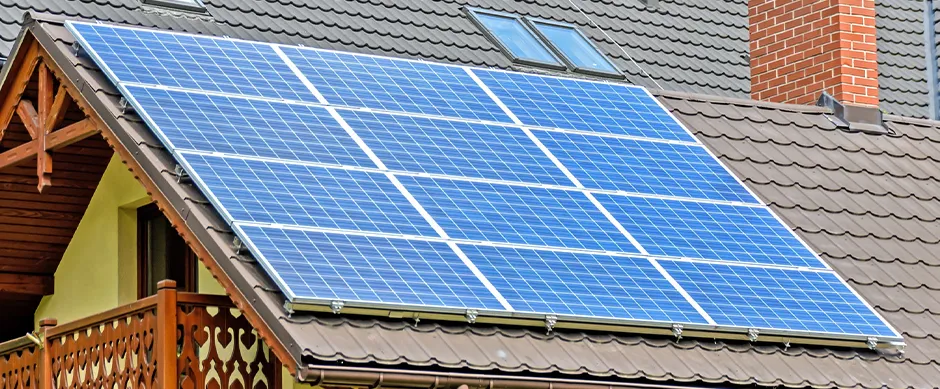Current Costs of Solar Panels per Square Foot Explained for Homeowners
Understanding Solar Panel Prices Per Square Foot
The growing demand for renewable energy sources has prompted a notable increase in solar panel installations worldwide. As homeowners and businesses alike seek to reduce their carbon footprint and energy bills, a common query arises what is the price of solar panels per square foot? Understanding the factors that influence these costs can help individuals make informed purchasing decisions.
What Influences Solar Panel Prices?
1. Type of Solar Panel The type of solar panel significantly affects pricing. There are three main types monocrystalline, polycrystalline, and thin-film. Monocrystalline panels, known for their high efficiency and sleek appearance, tend to be the most expensive, often priced between $1 to $1.50 per watt. Polycrystalline panels are usually more affordable, priced around $0.90 to $1.20 per watt, while thin-film panels may cost even less but generally provide lower efficiency.
2. Installation Costs In addition to the price of the panels themselves, installation costs must also be considered. These expenses can vary based on factors such as the complexity of the installation, roof type, and geographical location. On average, installation can add an additional $0.50 to $0.75 per watt, making it essential to factor these costs into the total price per square foot.
3. Local Incentives and Rebates Many states and local governments offer incentives and rebates to encourage solar energy adoption. These programs can significantly reduce the overall cost of solar panel installation. Researching available incentives can provide opportunities to lower the effective price per square foot, making solar energy more accessible.
4. Panel Efficiency Higher efficiency panels may have a higher upfront cost per square foot but can lead to greater long-term savings by generating more electricity over time. It can be beneficial to analyze energy needs and select panels that offer a balance between cost and efficiency.
solar panel price per square foot

5. Market Trends Solar panel prices can fluctuate based on market demand, advancements in technology, and global supply chain factors. On average, prices have been decreasing over the years due to improvements in manufacturing processes and increased competition among suppliers. Staying informed about market trends can help consumers time their purchases more effectively.
Calculating Costs
To get an accurate understanding of solar panel costs per square foot, homeowners and businesses should first assess their energy needs. Taking into account the average solar panel size, which is approximately 17.6 square feet, consumers can estimate how many panels they may need based on their energy consumption.
For example, if a household requires a solar system rated at 6 kW, this would typically translate to around 15 panels. If using monocrystalline panels priced at $1.50 per watt, the total cost for the panels would be around $9,000, excluding installation. When divided by the total square footage covered by the panels, consumers can calculate their costs per square foot.
Conclusion
The price of solar panels per square foot is influenced by multiple factors, including panel type, installation costs, local incentives, and market trends. Homeowners and businesses should conduct thorough research and consider their unique energy needs when evaluating solar panel options. By doing so, they can leverage the benefits of renewable energy while ensuring they make a financially sound investment in their energy future. As technology advances and prices continue to evolve, now is an advantageous time to explore solar energy solutions.
-
Unlocking Energy Freedom with the Off Grid Solar InverterNewsJun.06,2025
-
Unlock More Solar Power with a High-Efficiency Bifacial Solar PanelNewsJun.06,2025
-
Power Your Future with High-Efficiency Monocrystalline Solar PanelsNewsJun.06,2025
-
Next-Gen Solar Power Starts with Micro Solar InvertersNewsJun.06,2025
-
Harnessing Peak Efficiency with the On Grid Solar InverterNewsJun.06,2025
-
Discover Unmatched Efficiency with the Latest String Solar InverterNewsJun.06,2025







